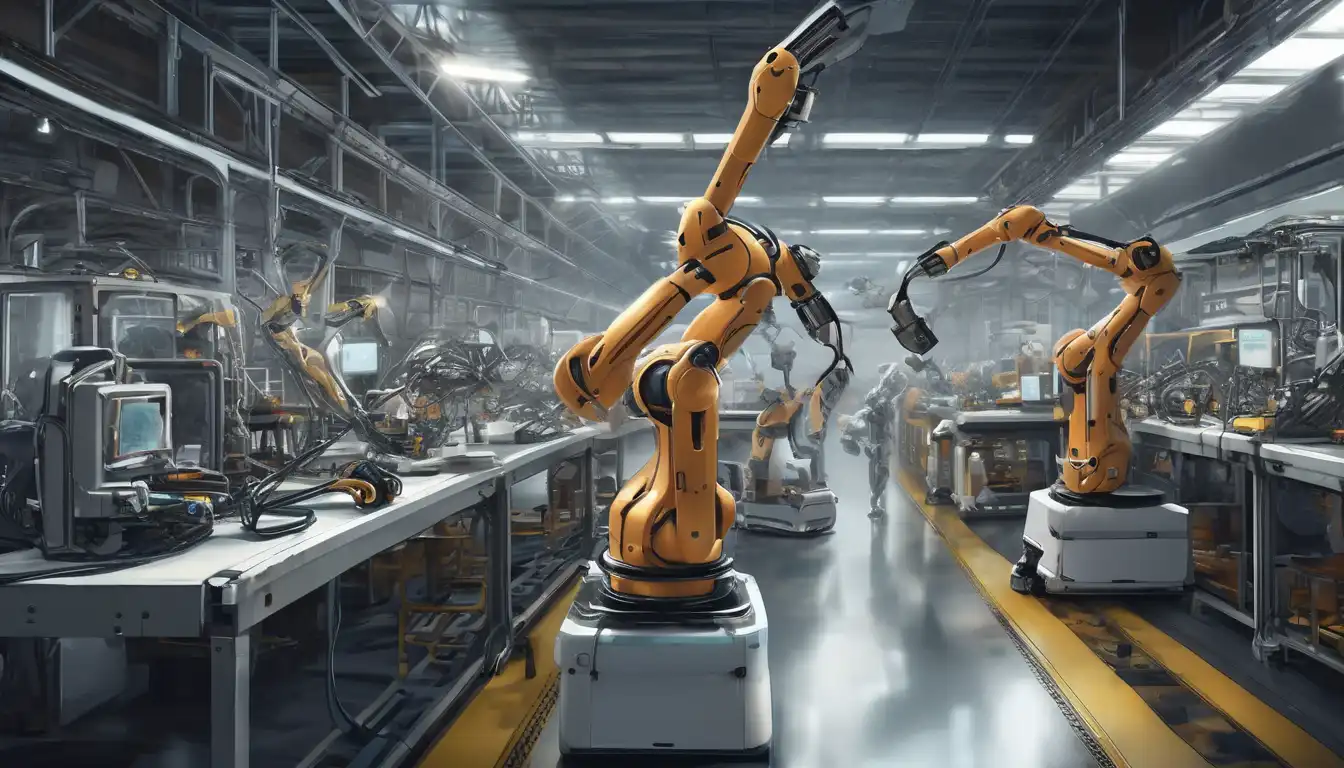The Transformative Impact of Robotics on Modern Manufacturing
In recent years, the manufacturing industry has undergone a significant transformation, thanks to the advent of robotics. This technological revolution has not only increased efficiency and productivity but also opened up new possibilities for innovation and customization. In this article, we explore how robotics is reshaping the manufacturing landscape, offering insights into the benefits and challenges of this ongoing evolution.
Enhanced Efficiency and Productivity
One of the most notable impacts of robotics in manufacturing is the dramatic increase in efficiency and productivity. Robots are capable of working around the clock without fatigue, performing repetitive tasks with precision and consistency. This has led to faster production times and higher output rates, enabling manufacturers to meet growing consumer demands more effectively.
Improved Safety and Working Conditions
Robotics has also significantly improved safety in the manufacturing environment. By taking over dangerous or physically demanding tasks, robots reduce the risk of workplace injuries. This not only protects workers but also minimizes downtime and associated costs, contributing to a more sustainable and worker-friendly industry.
Customization and Flexibility
The flexibility of robotic systems allows for greater customization in manufacturing processes. Advanced robotics can be quickly reprogrammed to adapt to new products or changes in design, making it easier for manufacturers to respond to market trends and consumer preferences. This level of agility is crucial in today's fast-paced and ever-changing market.
Challenges and Considerations
Despite the numerous benefits, the integration of robotics into manufacturing is not without its challenges. The initial investment in robotic technology can be substantial, and there is a growing need for skilled workers who can operate and maintain these systems. Additionally, concerns about job displacement have sparked debates about the future role of human workers in an increasingly automated industry.
Looking Ahead: The Future of Robotics in Manufacturing
As technology continues to advance, the role of robotics in manufacturing is set to expand even further. Innovations such as artificial intelligence and machine learning are making robots smarter and more adaptable, opening up new avenues for efficiency and creativity. The future of manufacturing lies in the harmonious integration of human and robotic labor, leveraging the strengths of both to achieve unprecedented levels of performance and innovation.
In conclusion, robotics is undeniably changing the face of the manufacturing industry. From enhancing productivity and safety to enabling greater customization and flexibility, the benefits are clear. However, as we navigate this technological revolution, it is essential to address the challenges and ensure that the transition to a more automated future is inclusive and sustainable. The journey of robotics in manufacturing is just beginning, and its full potential is yet to be realized.
